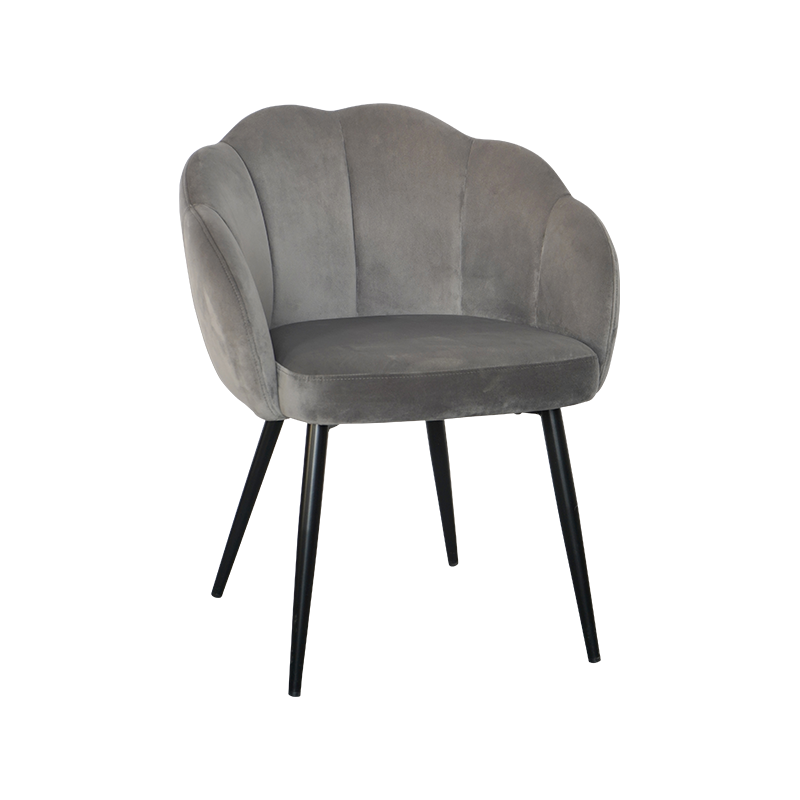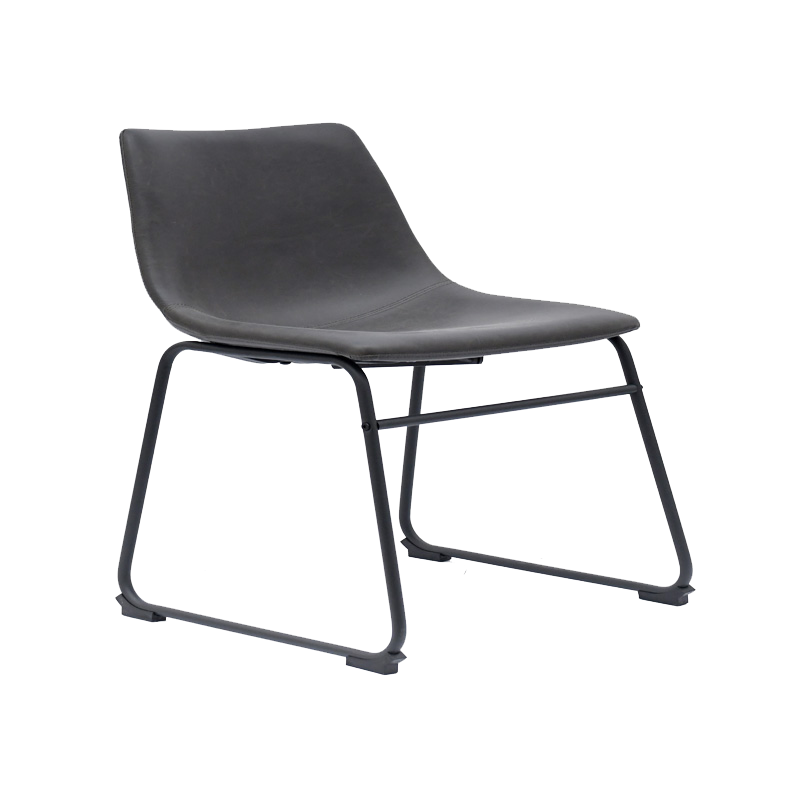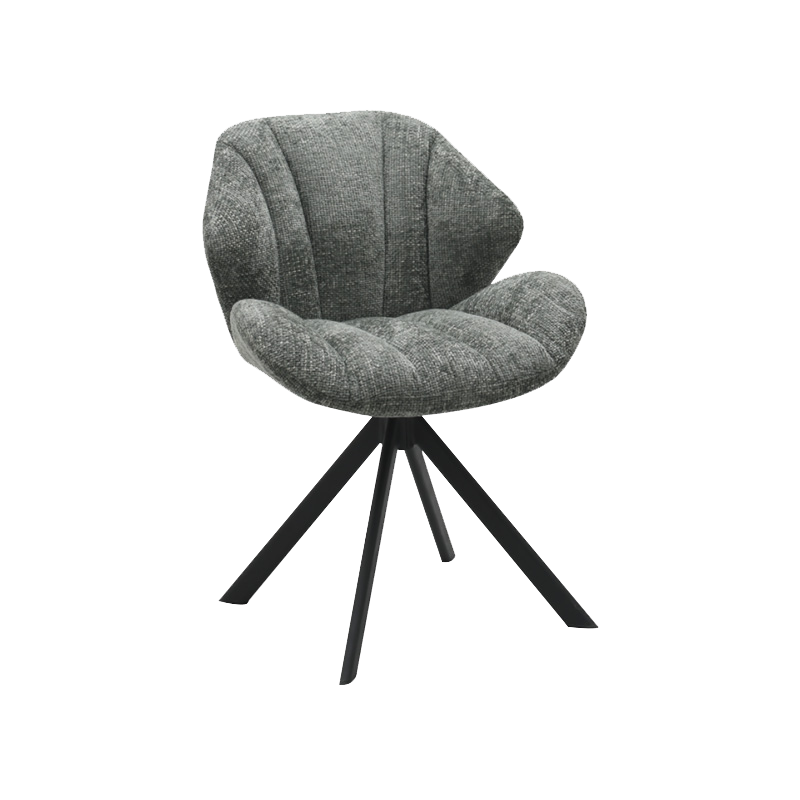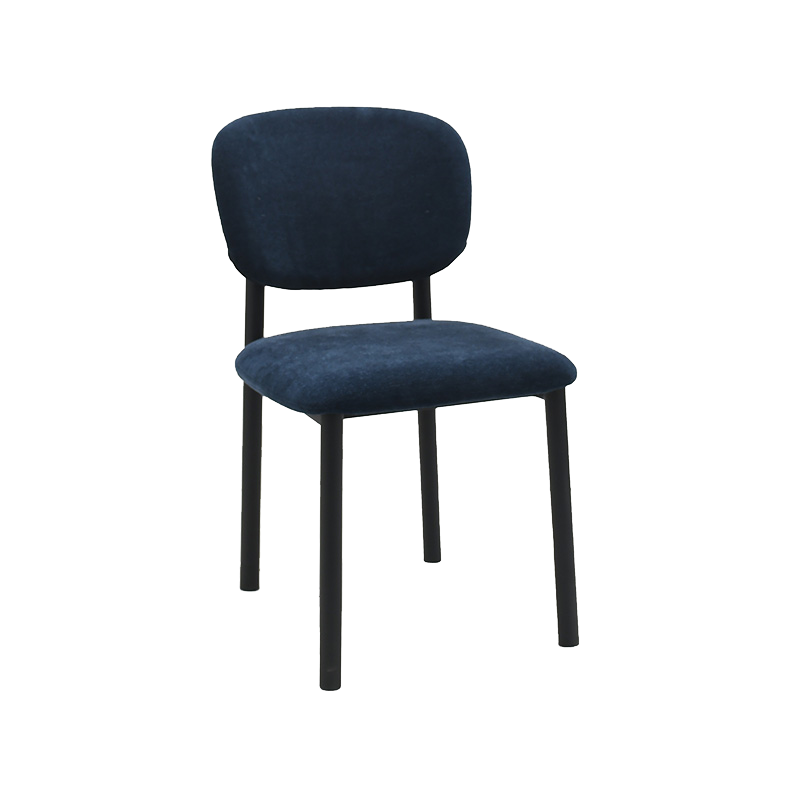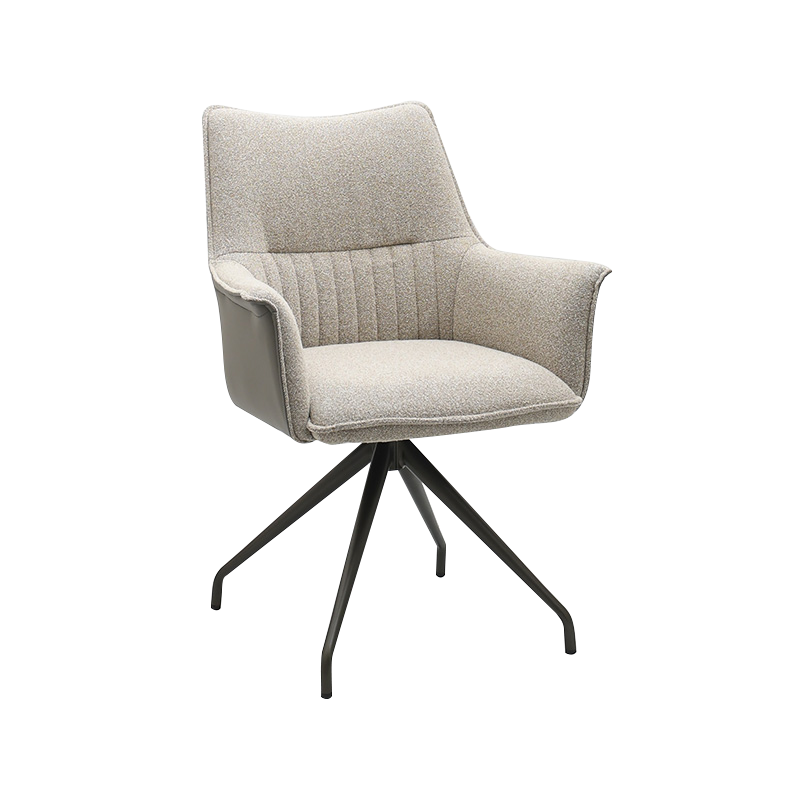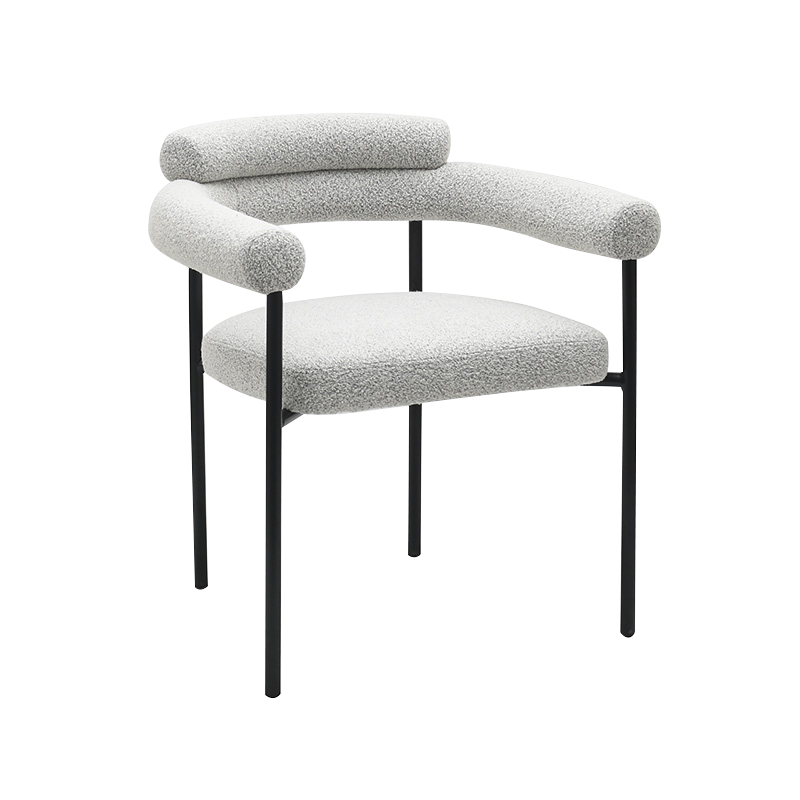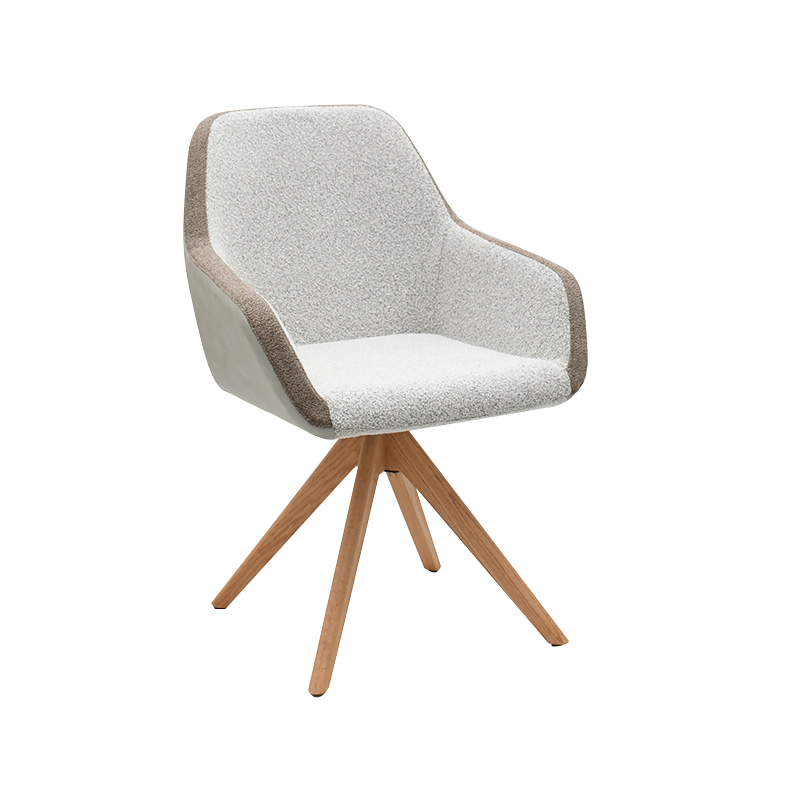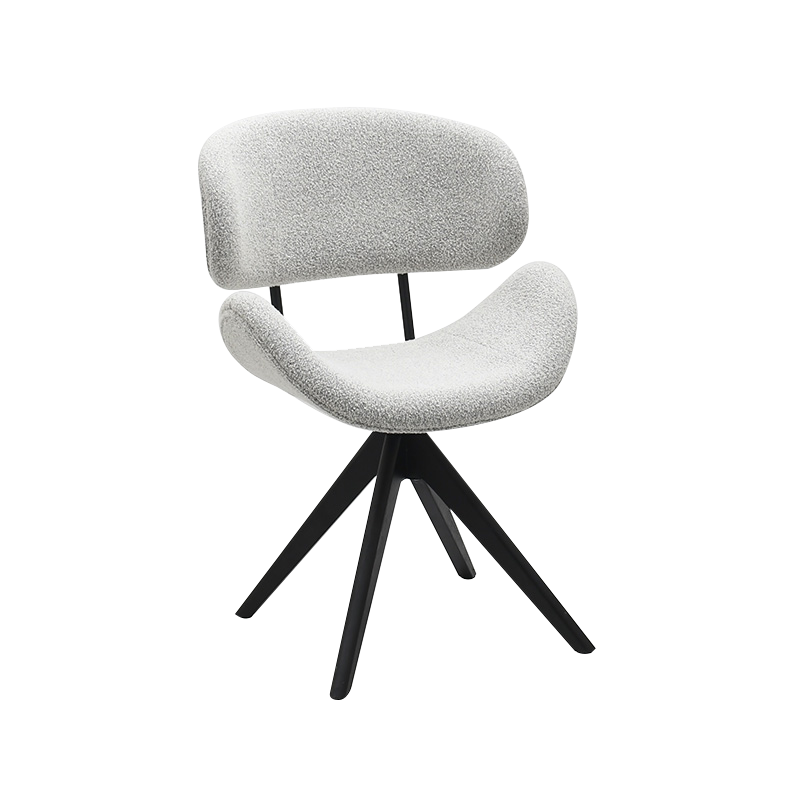In modern home design, bar stools are no longer just functional seating; they are an integral part of a space's aesthetic. Wood bar stools, with their natural materials and versatile appearance, are a top choice for kitchen islands, bar areas, and multi-purpose spaces. They not only embody a sense of quality at home but also play a crucial role in spatial layout.
Natural Materials Bring a Sense of Warmth
Compared to metal or plastic bar stools, solid wood bar stools offer a significant advantage in the warmth and texture of their natural materials. Solid wood, with its unique grain and color, lends a natural and welcoming atmosphere to any space. High-quality solid woods, such as oak, walnut, and ash, offer a more stable visual appearance and a warm, rich feel, enhancing the overall comfort and quality of a home.
Solid wood is highly adaptable and can be polished, carved, stained, and applied to create a variety of styles, from minimalist Nordic to classic American and even industrial retro. Therefore, a solid wood bar stool is not just a piece of furniture, but also a work of art, possessing both aesthetic value and decorative function.
Structural design determines durability and comfort.
For a good solid wood bar stool, its structural design is crucial to its quality and practicality. A stable structure not only prolongs its lifespan but also ensures safety and comfort during long-term use. Currently, mainstream solid wood bar stools often utilize mortise and tenon joints or reinforced hardware to increase load-bearing capacity and stability, preventing loosening or tilting due to long-term stress.

Ergonomics are increasingly being applied to bar stool design. A well-defined seat height, tilt angle, and backrest curvature can effectively reduce back strain and enhance comfort during extended sitting. The distance between the seat and footrest is also a key design consideration, taking into account the user habits of people of different heights. During the development process, designers conduct extensive data analysis and field testing to achieve an organic fusion of aesthetics and practicality.
Diverse styles to suit diverse spaces.
With the advancement of home aesthetics, the styles of solid wood bar stools are also becoming increasingly diverse. No longer limited to traditional designs, these chairs now incorporate more innovative elements, creating both visual and functional upgrades. In modern minimalist styles, solid wood bar stools often feature smooth lines and light-colored woods, emphasizing a natural and pure aesthetic. Retro or industrial styles, on the other hand, often combine dark wood with metal elements to create a rugged and nostalgic feel.
At the same time, customization is becoming increasingly prominent. Users can choose from a variety of leg shapes, backrest heights, and finishes based on their space layout and preferences, even adding cushioning or leather to enhance the seating experience and visual depth. This flexible design approach is the key reason why solid wood bar stools are so popular in high-end home furnishings.
Multiple Applications that Balance Practicality and Aesthetics
In modern homes with increasingly open functional layouts, solid wood bar stools have long been used beyond the traditional bar area. They are widely used in kitchen islands, dining tables, study tables, and even in commercial spaces such as coffee bars, lounge areas, and showrooms. The natural blend of wood and its surroundings makes it easy to coordinate with a variety of settings, neither obtrusive nor intrusive, enhancing the overall style. Especially between open kitchens and living rooms, solid wood bar stools serve as a transitional element, providing a convenient temporary dining spot while creating a visual focal point, enhancing the spatial sense of depth and interactivity. In commercial settings, they not only fulfill practical functions but also convey a brand ambiance and create an emotionally warm spatial experience.
Sustainability drives green manufacturing upgrades
The furniture industry is increasingly prioritizing environmental protection and sustainable development, and the manufacturing of solid wood bar stools is also moving towards green processes and recycling. In terms of material selection, more and more brands are opting for FSC-certified wood, ensuring that the raw materials are legally sourced and renewable. In the painting process, water-based paints and environmentally friendly adhesives are widely used to reduce the release of harmful substances and protect user health.

Wood bar stools are more than just practical furniture; they carry a comprehensive expression of the quality of life, natural aesthetics, and spatial functionality. Driven by consumer trends that pursue individuality and comfort, solid wood bar stools are gradually moving from a peripheral role to a design focal point. In the future, with the continuous emergence of new materials and new technologies, solid wood bar chairs will inherit the natural warmth while incorporating more intelligent, humanized and artistic elements, becoming an indispensable design symbol in home and commercial spaces.

 English
English Deutsch
Deutsch Español
Español